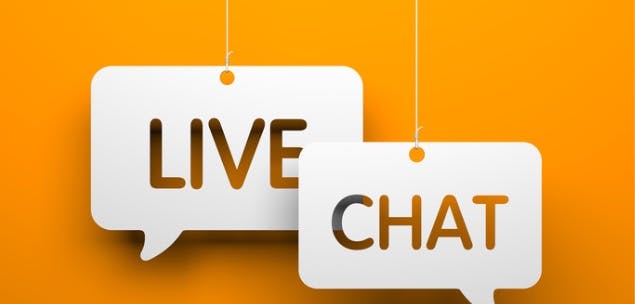Social media is undoubtedly a cost-effective way for businesses to raise their profile and engage with their audiences. Facebook, with its 2.23 billion active users, is just the platform to enable brands to build authentic connections with their customers and Facebook Live is the content type that users find most engaging. The difficulty can be in keeping on top of newer format types, like Facebook Live, and knowing how to use them in a way that captures the interest of your audience.
When preparing for a Facebook Live video, it’s important to consider how you want to use this tool to attract more customers and increase quality engagement. By implementing some of these best practices, you can create high quality, authentic Facebook Live streams that maximise engagement.
Be prepared – Identify what you want from your Facebook Live stream and plan how to get there. What are the key messages and core brand objectives you are trying to convey? Remember who your audience is and why you’re talking to them. Think of specific metrics and KPIs, do you want to:
- educate your audiences
- increase engagement
- generate leads
- stimulate a CTA such as an app install or website visits
Encourage audience participation – One way to increase engagement during your Facebook Live stream is to encourage your viewers to participate throughout the video. Create a dialogue between you and your audience, this may even spark a conversation between them which is even better. You could respond to questions in the video during the broadcast, it’s best not to leave questions unanswered. Go back and respond to the comment thread if you didn’t have a chance to address questions during the Facebook Live stream.
Remember that you are telling a story – Whatever your topic may be, approach it like a story with a beginning, middle and end. Keep in mind that you’ll need to leave some time at the start for your audience to join the live stream and get comfortable. You can get their attention by starting with a fun fact, statistic, or by telling a personal story. As you continue, remember to stop and go over the key points already addressed so that those who are joining throughout the presentation can be brought up to speed. The number of viewers down the bottom will indicate when more people are joining so you’ll know when to revisit old points.
Analyse what went well, what didn’t – Once you’ve done one Facebook Live stream, it’s important to go back and analyse what worked best and what didn’t, before you go ahead and do another. You need to look back and analyse how it performed to see what worked, then go back and use those best practices next time. Look at what people were commenting on, revisit those peaks in reactions and comments, for example. This will help you identify what really resonated with your audience so perhaps you can focus on that next time. You could use that for an attention grabber or use it in other content later. If you want to really step-up your game, look at how your competitors and other industries are leveraging Facebook Live streams for their business.
As video consumption continues to rise, we predict that Facebook Live will become even more important for marketers. It provides new opportunities for marketers to engage their audiences in a landscape where short form and digestible content is becoming immensely popular. Just don’t wait until you believe you have everything perfect to kick off your first Facebook Live. It’s an authentic content format and that’s why users engage so well with it. And remember, practise makes perfect!
Yuval Ben-Itzhak is the CEO of Socialbakers.

